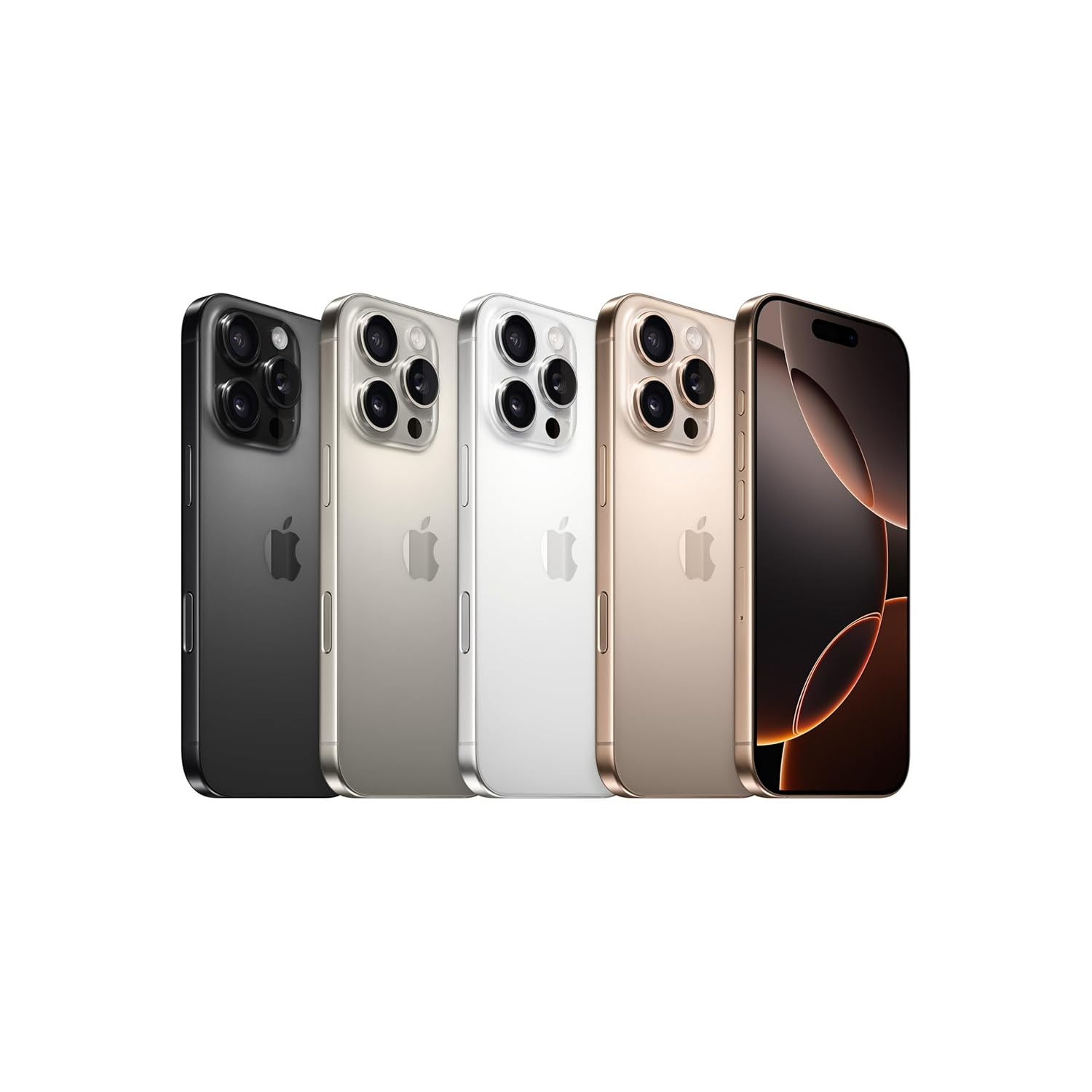The term Apple Ecosystem describes the highly integrated environment of hardware, software, and services that Apple Inc. has meticulously built over decades. At its core, the Apple Ecosystem is a seamless network where every device, from iPhones and iPads to Macs, Apple Watches, and Apple TVs, works in harmony to deliver an intuitive, secure, and consistent user experience.
Integration of Hardware and Software
One of the key strengths of the Apple Ecosystem lies in its deep integration of hardware and software. Unlike many other technology companies that source components from various suppliers and piece together disparate systems, Apple designs its own chips, operating systems, and even many of its key software applications. This vertical integration allows for a level of performance optimization and reliability that is hard to match. For instance, when you take an iPhone out of the box, the seamless interaction between iOS and the device’s custom hardware ensures that tasks—from simple phone calls to complex gaming experiences—run smoothly and efficiently.
Unified Operating Systems
Apple’s range of operating systems—iOS for iPhones, macOS for Macs, watchOS for Apple Watches, and tvOS for Apple TVs—are all designed with a consistent philosophy in mind. Each operating system is tailored to its specific hardware, yet they share a common design language and functionality. This means that whether you’re switching from your iPhone to your Mac, or checking notifications on your Apple Watch, you’re greeted with a familiar interface. Features such as Handoff, which allows users to start a task on one device and finish it on another, exemplify the ecosystem’s seamless integration. This unified experience not only enhances usability but also strengthens customer loyalty, as users come to rely on the consistency and reliability of their Apple devices.
Cloud and Data Synchronization
Central to the Apple Ecosystem is iCloud—a robust cloud service that acts as the backbone for data synchronization across devices. With iCloud, photos, documents, contacts, and even app data automatically update across every Apple device you own. Imagine editing a document on your Mac and having the changes instantly reflect on your iPad or iPhone. This level of connectivity is achieved through proprietary protocols and a tightly controlled environment that minimizes security risks and maximizes convenience.
Diverse Array of Services
Beyond the hardware and operating systems, the ecosystem is enriched by an array of services designed to keep users engaged and provide additional value. Apple Music, Apple TV+, Apple Arcade, and Apple Fitness+ are just a few examples of subscription services that complement the physical products. These services not only offer exclusive content and personalized experiences but also ensure that users remain invested in the ecosystem over time. The integration of these services means that your entertainment, fitness tracking, and even your financial transactions through Apple Pay occur within a secure, unified environment.
Security and Privacy
Apple places a significant emphasis on privacy and security—a cornerstone of its ecosystem. Every component, from the Secure Enclave in iPhones to end-to-end encryption in iCloud, is designed with the user’s privacy in mind. Apple’s stringent privacy policies and security measures set it apart from many competitors, giving users peace of mind that their data is protected. This commitment to privacy has fostered trust among consumers, making the ecosystem not only convenient but also a safe space for personal and professional information.
Developer and Community Support
An often-overlooked aspect of the Apple Ecosystem is its robust support for developers and the vibrant community that surrounds it. Tools such as Xcode and the App Store empower developers to create innovative applications that further enhance the ecosystem’s capabilities. This ongoing influx of high-quality apps and services ensures that the ecosystem evolves continuously, meeting the ever-changing needs of its users. Moreover, community forums, Apple’s Genius Bar, and online support resources provide users with reliable assistance, reinforcing the ecosystem’s reputation as user-friendly and supportive.
Conclusion
In summary, the Apple Ecosystem is much more than a collection of devices and applications—it’s a holistic experience where each element is designed to complement and enhance the others. This synergy of hardware, software, and services results in an environment that is both powerful and easy to use, reinforcing Apple’s reputation as a leader in innovation, design, and security. Whether you’re a longtime Apple user or new to the brand, the ecosystem’s comprehensive and interconnected nature offers a level of convenience and reliability that sets a high standard in the tech industry.



